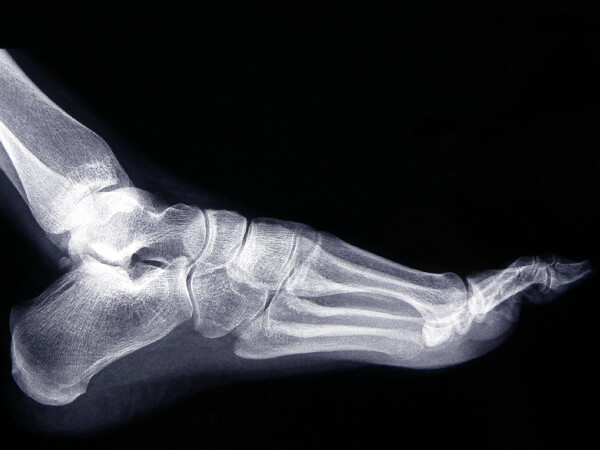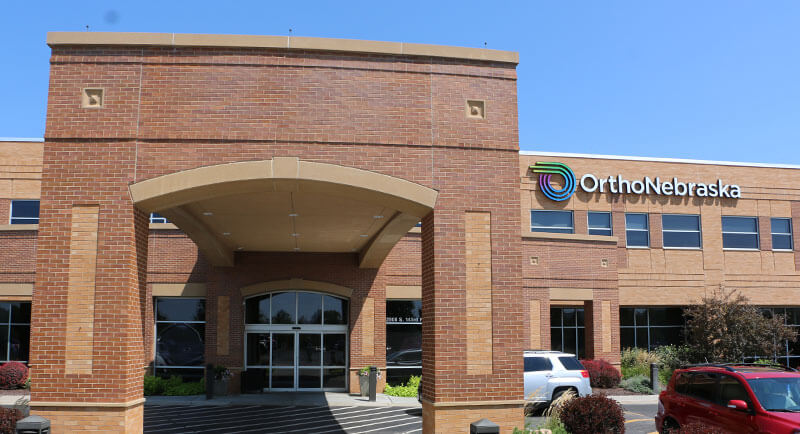What is an Ankle Scope?
The surgeon uses small incisions and a thin fiber-optic camera to view the problem area in the ankle joint on a screen during surgery as they repair it.
Who should have an Ankle Scope Surgery?
An ankle scope is generally recommended if conservative treatments like rest, physical therapy, medications, injections or other treatments do not effectively treat a condition or injury. Ankle scopes are often used to treat the pain caused by sports injuries, scar tissue, inflammation, fractures, loose cartilage and more.
Does an Ankle Scope work?
Ankle scopes work very well when done for the right reasons. The small incisions greatly reduce the risks of pain or infection and allow for recovery and rehabilitation much sooner. According to the American Orthopaedic Foot and Ankle Society, about 70 to 90 percent of patients undergoing ankle arthroscopy for the most common problems achieve good or excellent results.
What can I expect when I have an Ankle Scope?
You may need a pre-surgical physical to make any necessary accommodations based on your health history. When you arrive at the hospital, you’ll speak to your surgeon and anesthesiologist. You are likely to put to sleep (general anesthesia) for this surgery.
Afterward, a physical therapist will help show you how best to get around, likely using crutches. You are very unlikely to be kept in the hospital overnight, and you will need to have someone drive you home. Crutches may be necessary for most day-to-day tasks for a few weeks. Your physical therapist will help you progress.
Ankle scope recovery time will be based on how quickly your recover your mobility and job duties. For office workers, 1-2 weeks is typical, but for active workers, it can vary greatly.










